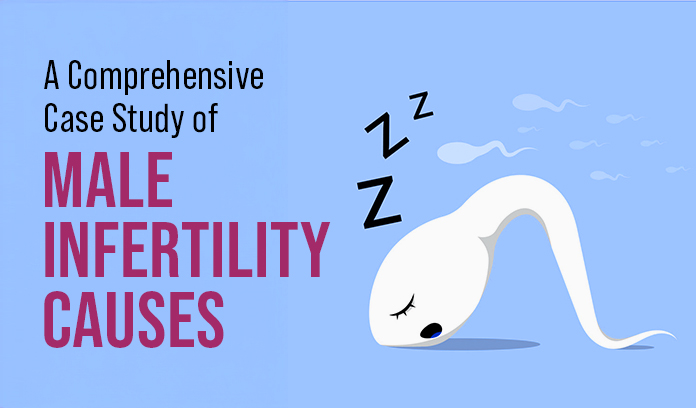Male infertility is a subject that is often shadowed by mystery or misconception. Couples struggling to conceive may not immediately consider male factors as a potential problem, leading to delays in seeking proper medical guidance. This case study explores various factors contributing to male infertility and highlights the importance of early diagnosis and medical intervention.
Case Profile
Mr. Brian, a 34-year-old married man, sought medical assistance after a year of unsuccessful attempts at conceiving with his wife. The couple presented a typical scenario where female fertility factors had been ruled out, leading to further research into male infertility.
Medical History
After studying Mr. Brian’s medical history, it was discovered that he had no history of chronic illness or previous genital trauma. Lifestyle factors, such as alcohol consumption and smoking, were also found to be minimal. However, a significant factor emerged: Mr. Brian had been exposed to high levels of occupational heat in his workplace for the past five years.
Semen Analysis
A semen analysis revealed a lower-than-average sperm count, reduced sperm motility, and abnormal sperm morphology. This prompted a thorough look at the possible causes.
Occupational Heat Exposure
The prolonged exposure to high temperatures in his workplace was one of the primary factors contributing to Mr. Brian’s infertility. Heat can adversely affect sperm production and its function by disrupting the testes’ normal cooling mechanism. This case study explains the importance of workplace safety measures to protect male fertility.
Hormonal Imbalance
Blood tests showed hormonal imbalances, including low levels of testosterone and high levels of follicle-stimulating hormone (FSH). Hormonal disruptions can significantly impact the production of sperm and its function. Hormone replacement therapy was prescribed to address these imbalances.
Lifestyle Modifications
Mr. Brian was advised to make lifestyle changes, including adopting a healthier diet, regular physical activity, and reducing stress. These modifications can improve overall sperm health.
Conclusion
This case study of male infertility causes emphasizes the complexity of this issue and the importance of early diagnosis and intervention. Mr. Brian’s case highlighted how factors like occupational heat exposure, hormonal imbalances, and lifestyle choices can contribute to male infertility.
It is essential for couples facing fertility challenges to seek professional guidance promptly. Remember, male infertility is treatable, and with the right medical interventions and lifestyle adjustments, many individuals like Mr. Brian can improve their chances of conceiving and living their dream of parenthood.

